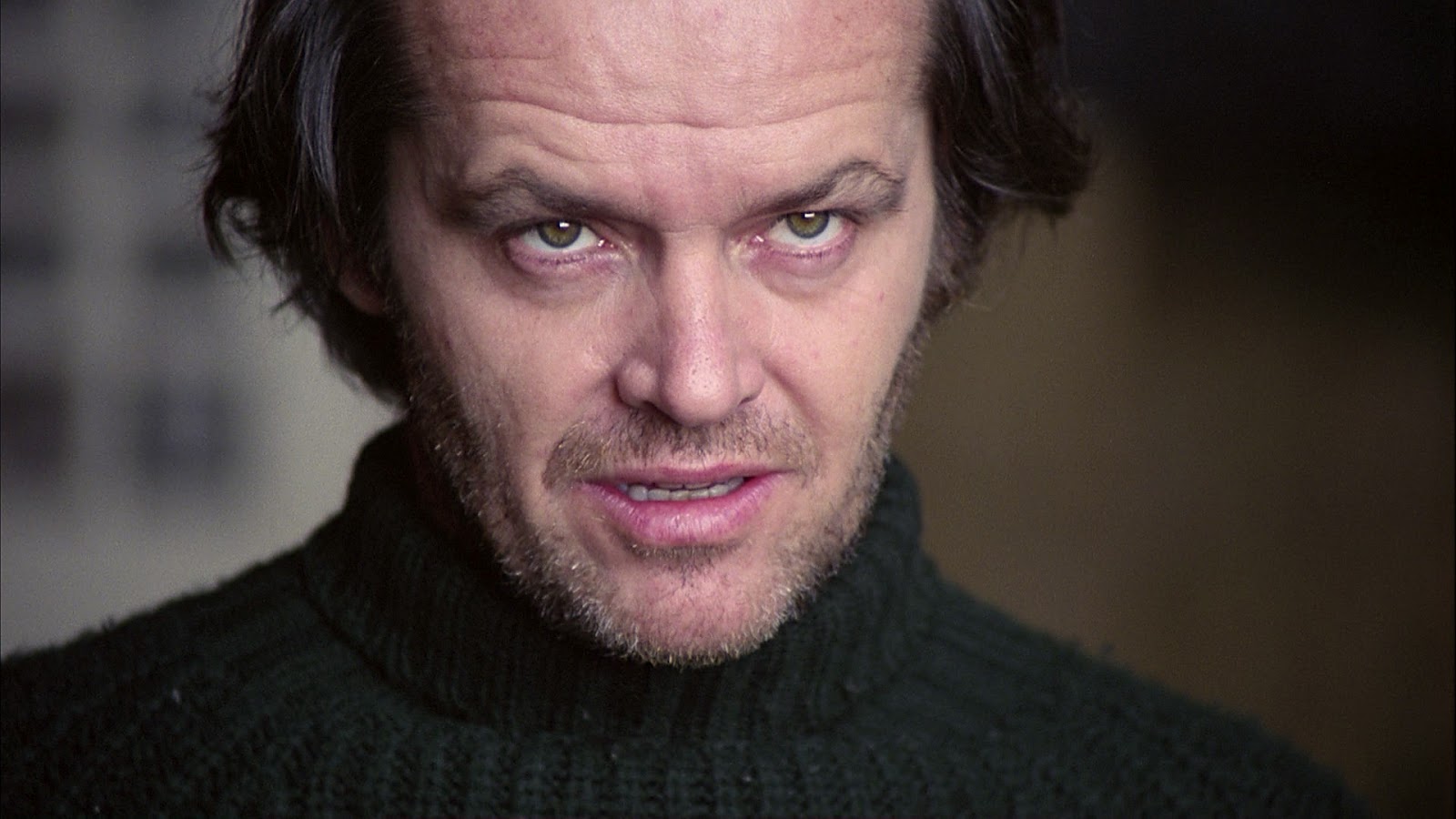
By all accounts, the ’80s were a very exciting time to live in. Major technological advances and a newfound mass media led the way for blockbuster films to reach a cultural peak. The decade felt like a relative era of peace in comparison to the corruption of the Nixon era and the violence of the Vietnam war. But under the glam and tech progression was a dark and seedy underbelly that lent itself to horror. The faux satisfaction everyone had with their lives was marred by a feeling that something in society was off-kilter. Horror films capitalized on this like never before.
Horror movies, more so than almost any other genre, are a series of films in constant conversation with themselves. Horror flicks are constantly pulling on tropes established in previous horror films and subverting them to mine scares. As a result, horror was constantly reinventing itself at every turn. The ’70s may have put horror into the mainstream, but the ’80s perfected it with New Hollywood directors cranking out every iteration of horror viewers could imagine.
Though the slasher genre almost died in the ’80s as the horror market became oversaturated, some of the greatest films came out of the era. These were bold, unique horror movies that not only pushed the boundaries of horror itself but laid the groundwork for decades of fantastic movies to come. These are the ten most influential ‘80s horror movies that helped shape the genre as we know it today.
10. Child’s Play (1988)
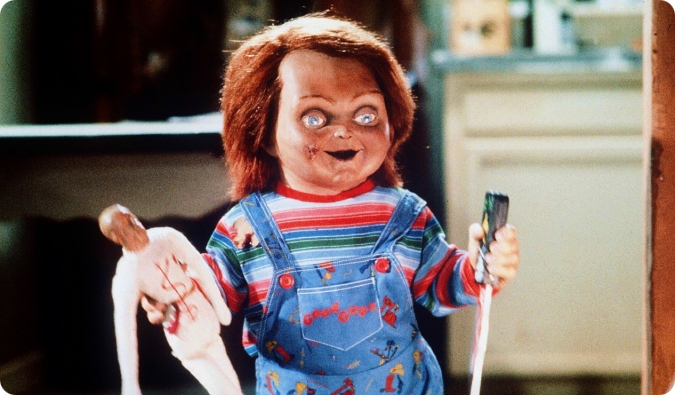
Child’s Play was not the first film to use a creepy doll to terrifying effect. However, any conversation about the killer doll genre will inevitably turn into a conversation about Chucky. Chucky is inarguably the most iconic killer doll in film history. Child’s Play immediately made a name for itself by drawing on the killer doll films of the ’70s and melding them with the rough and gritty serial killers that pervaded 90’s films. The result was unlike anything filmgoers had seen before. A violent, swearing, wisecracking serial killer doll that made viewers think twice about their toys.
Child’s Play follows a young boy named Andy who receives a “Good Guy Doll” that at first seems innocuous. But when people around him start to disappear, it’s up to Andy to prove his innocence and stop Chucky from killing again. Chucky was based on the Cabbage Patch Kids craze that was incredibly popular during the ’90s. Child’s Play stands as one of the first horror movies to mine current pop culture fads for horror. It paved the way for countless horror movies that satirize the new trends in consumerism.
But over time, the Chucky franchise slowly grew into something else. After two luke-warm sequels that didn’t perform well, Bride of Chucky posed something new for horror: a sequel that parodies itself. These days, self-aware comedy within horror films is standard. But no other franchise had previously made the leap from straightforward horror to the wink-wink-nudge-nudge pandemonium that the late 2000s Child’s Play movies represented. This laid the groundwork for a cacophony of self-aware horror films that weren’t afraid to lean into the insanity of their premises.
Upon release, Child’s Play was so popular that it spawned a slew of knock-offs and imitators. Some examples include Dollface and Lauphrachaun. The kills in Child’s Play weren’t revolutionary, but no one had seen them executed with such an innocuous and unsettling figure like Chucky.
Since the 2000s, Chucky has long endured on the home video market. Over the years, director Don Mancini has been quietly grinding out solid sequels that return to the serious tone of the original film. It was even remade in 2019. With films like Annabelle and The Boy pulling from Chucky for inspiration, the killer doll genre will always owe a debt to Child’s Play. It modernized the genre and changed the way we think about dolls forever.
9. Poltergeist (1982)
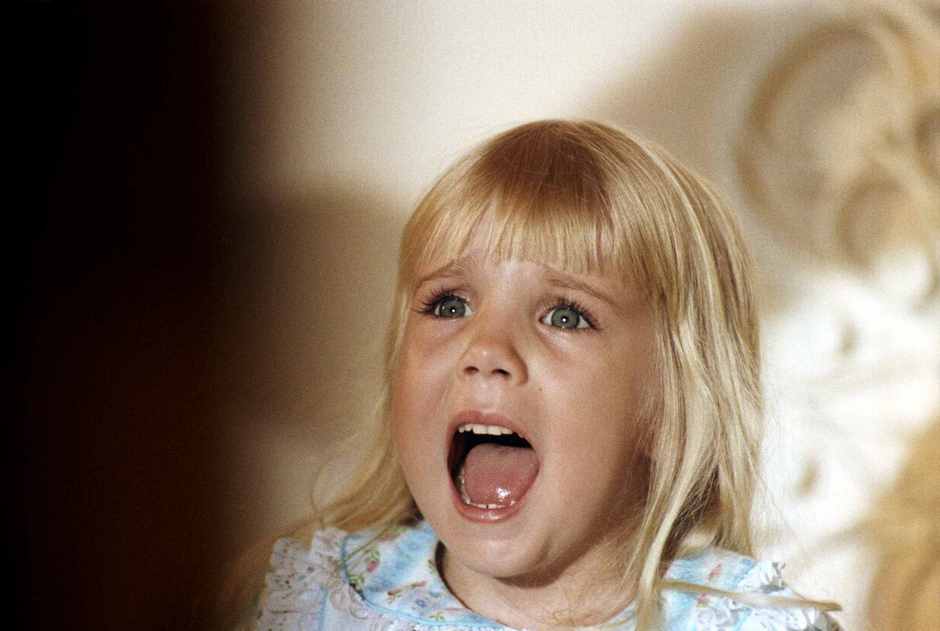
Of all the films on this list, Poltergiest may have been the movie that was most well-received immediately. Combining the childlike wonder of a Spielberg film with the overt horrific sensibilities of Tobe Hooper, Poltergeist created an uncanny filmgoing experience. It’s not only seen as one of the best films of 1982 but one of the best horror films of all time. Following a family who is plagued by angry spirits, the film created a perfect balance between childhood nostalgia and visceral terror.
Previous to Poltergeist, most ghost films dealt with possession from a religious angle. The Exorcist is one of the most iconic films to showcase the battle between religion and demonic forces. Poltergeist, on the other hand, introduced the concept of ghost hunters, scientifically minded individuals who are experts in the paranormal. This concept was lifted and used heavily in the Blumhouse film Insidious. But the impact of Poltergiest can be felt through the majority of Blumhouse’s oveour, including films like Paranormal Activity, The Conjuring, and Sinister.
Poltergeist has been the foundation for the majority of 21st century paranormal films. Audiences were shocked at how the film was willing to put children in harm’s way. It’s a trope that’s well worn these days, but the demonic entities and the distorted screams from a little girl trapped in a spirit realm inspired fear never seen before in audiences and critics alike.
The film is also notable for its effect on the MPAA, the organization responsible for rating films. The film was initially rated R, but Hooper and Spielberg got the film appealed and it was released with a PG rating. Poltergeist is one of the main movies credited with the MPAA creating the PG-13 rating in 1984, due to the film’s graphic and visceral content.
8. A Nightmare on Elm Street (1984)
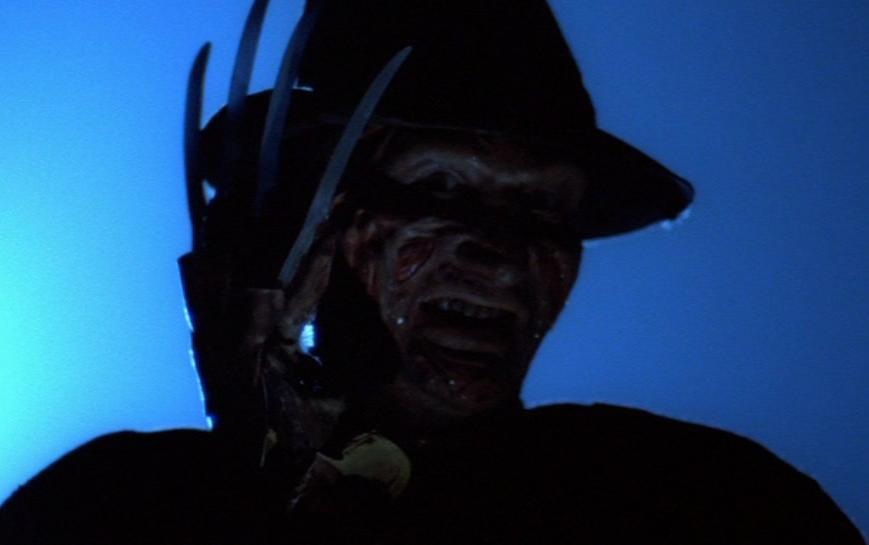
In 1984, a wise-cracking child molester and burn victim named Freddy Krueger slashed his way through dreams and made a whole generation of teenagers afraid to fall asleep. He also changed the course of horror forever.
A Nightmare on Elm Street soared into theaters at the height of the slasher genre. During the ’80s, both Halloween and Friday the 13th had multiple sequels released. The slasher genre seemed to be dying a slow death as the repetitive nature of these films jaded audiences. Many of these films had a gimmick down pat, a silent large hulking character hidden behind a mask, killing off teenagers anonymously.
Freddy Krueger went in the opposite direction, opening the door for a slew of horror villains with distinct personalities. Though it seems commonplace now, Freddy was the first mainstream horror villain to spout quips and jokes before killing his victims. Saying lines like “I’m your boyfriend now, Nancy” and “Why are you screaming? I haven’t even caught you yet” didn’t diminish the horror. In fact, it added a cognitive dissonance that disoriented viewers.
The marriage of childhood trauma with grotesque killings was emphasized in numerous ways. One primary example is how the film distorts childhood songs into nightmare fuel. The film also grapples with concepts of inherited punishment, useless adults, and the loss of innocence. These elements combined with a taunting, harsh sense of caustic humor amplifies the film’s piercing effects. It paved the way for other killers, from Chucky to Ghostface, to have personality and a sick sense of humor.
The film is credited with saving New Line Cinema, who, up to this point, had only distributed movies. The production company was eventually nicknamed “The House That Freddy Built”. A Nightmare on Elm Street went on to inspire a slew of horror films that played with more abstract concepts like dreams vs. reality. The franchise now has six sequels, one remake, and even a crossover with the Friday the 13th series. Though the Freddy character has slowly morphed from a disturbing malevolent force to a serial killer stand-up comedian, you can still see the impact of Nightmare in the genre today.
7. The Thing (1982)
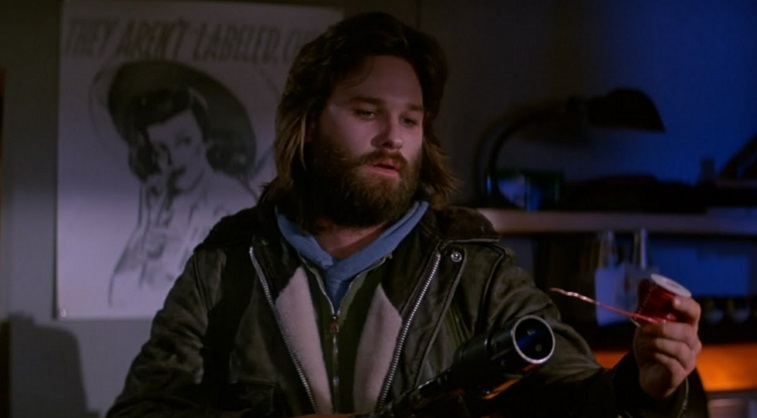
John Carpenter’s The Thing is one of those universally lauded films that show up on almost every best-of list. It’s so well regarded in the modern age that it’s easy to forget just how hard it flopped upon release in 1982. Going up against E.T. Extra-Terrestrial, and sporting practical effects that didn’t quite measure up to the newly emerging CGI of the time, The Thing was dismissed as D-list exploitation trash. The backlash nearly ended Carpenter’s career.
Yet, the very effects that made Carpenter a mockery at the time have helped preserve The Thing as a modern classic. The cruel tone and ambiguous feel-bad ending came at a time when filmgoers were used to lighter fare. But as time has passed, the film fits in perfectly as a touchstone for paranoia horror, and practical effects.
The Thing is a loose reworking of the 1951 classic The Thing From Another Place, which itself is based on a novel. It follows a group of American scientists who come across a Norweigan research facility in Antarctica. After slowly putting together the horrid history of the facility, they find that an alien with the ability to shapeshift is amongst them.
Using themes of claustrophobia, paranoia, and otherwordly creatures, The Thing owes a lot to Alien. However, The Thing differentiates itself by having the aliens shape-shift. This breeds distrust among the characters. These themes and motifs were borrowed heavily by filmmaker Quentin Tarantino. Tarantino was directly inspired by The Thing to create another “one-setting” film, Reservoir Dogs in 1992. Tarantino would revisit these themes again in 2018 with The Hateful Eight. The Hateful Eight was also inspired by The Thing, replicating the isolated snowy setting and distrust among its characters.
Those in the special effects industry laud The Thing as the gold standard for practical effects. The film’s effects are emulated by many directors, including James Gunn with his throwback horror-comedy Slither, JJ Abrahms who used it as an inspiration for Super 8, and David Robert Mitchell for It Follows. The film also inspired more one-location confinement horror films to crop up. The TV show The X-Files took both the icy setting and the basic plot of The Thing for their episode Ice. Many movies since, from Green Room to The Descent have used confined claustrophobia to great effect.
The lasting impact of The Thing’s endurance is a lesson to filmmakers across genres. Going against the grain can result in great success, even if the film is not immediately appreciated. All it takes is dedication and a strong artistic vision.
6. Henry: Portrait of a Serial Killer (1986)
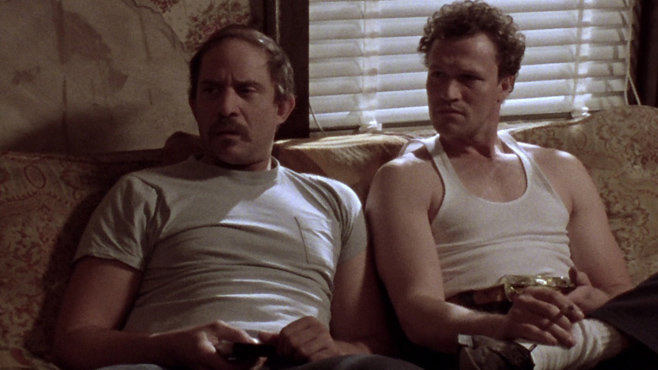
Most horror films live comfortably in a heightened reality. Horror movies are usually bursting at the seams with recognizable tropes, predictable music cues, and a sense of gleeful violence. While horror films were constantly trying to terrify their audience, the majority of films never strayed away from the feeling of fun that necessitated most horror films in the Drive-In days. That is, until Henry: Portrait of a Serial Killer shocked audiences with a realistic and frank depiction of a serial killer.
Shot on 16mm, the movie follows protagonist Henry, as he goes on a seemingly random killing spree through America. While most films follow a protagonist that viewers can root for, Henry: Portrait of a Serial Killer squarely focuses on the killer. This technique forces you to see the murders from his perspective. The film manages to reach a type of unsettling discomfort most horror movies didn’t even think to aim for. Gone were the fun kills, memorable setpieces, and glorification of violence. This was a movie that set out to capture the gritty realism of a serial killer, rather than tease out a story meant to entertain moviegoers.
While the film did not have any explicit criticism of the horror genre, the frank depiction of stripped-down killings prompted widespread conversation regarding why we enjoy horror. It forced filmgoers to ponder why they feel comfortable with watching violence in the first place. This meta-conversation of horror films that question the social value of the genre has been replicated by many auteur filmmakers. Gaspar Noe later went on to create Irreversible, a commentary on the rape-revenge genre. Michael Haneke also created Funny Games, which featured characters literally preaching to the audience about how sick they were for wanting to see a family die.
Henry: Portrait of a Serial Killer also influenced the MPAA’s decision to create the NC-17 rating. NC-17 distinguishes films that were too intense to carry an R rating from pornographic films, which often received the dreaded “X” rated. The movie was a revolution, both in the genre of mundane horror and the meta-conversation that filmmakers continue to have about genres and the social merit of these films today.